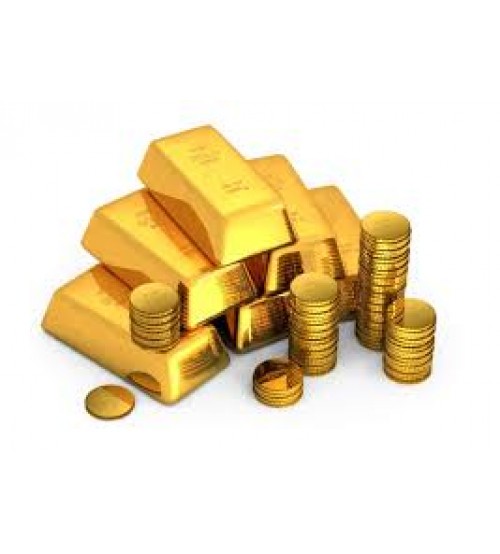Shipping Worldwide
For all products.Certified Products
As per supplier terms.0091-94252-94940
(Call - 24 X 7)Shopping Cart
0 item(s) - Rs.0.00- Home
-
Services
- Specialised Services
- Travel & Cargo Services
- AIR
- Chemicals
-
Work with us
- Health Care
- Steel & Energy
- Minerals & Ores
- Ferro Alloys
- Refractory Solutions
- Base Metals / Alloys / Finished Products
- Agro
- Dry Fruits & Nuts
- Seeds, Vegetable Oils, & Fats
- Oil Cakes
- Essential Oils
- Cereals & Pulses
- Processed Cereals & Pulses
- Pulses
- Fibre Crops
Gold
Product Code: Gold
Availability: In Stock
Price: Rs.0.00Available Options
* Booking Amount:
Gold
The Forex Quotes are powered by Investing.com India.The Most Useful Metal
Gold has been used to make ornamental objects and jewelry for thousands of years. Gold nuggets found in a stream are very easy to work and were probably one of the first metals used by humans. Today, most of the gold that is newly mined or recycled is used in the manufacture of jewelry. About 78% of the gold consumed each year is used in the manufacture of jewelry.
Special properties of gold make it perfect for manufacturing jewelry. These include: very high luster; desirable yellow color; tarnish resistance; ability to be drawn into wires, hammered into sheets or cast into shapes. These are all properties of an attractive metal that is easily worked into beautiful objects. Another extremely important factor that demands the use of gold as a jewelry metal is tradition. Important objects are expected to be made from gold.
Pure gold is too soft to stand up to the stresses applied to many jewelry items. Craftsmen learned that alloying gold with other metals such as copper, silver, and platinum would increase its durability. Since then most gold used to make jewelry is an alloy of gold with one or more other metals.
The alloys of gold have a lower value per unit of weight than pure gold. A standard of trade known as "karatage" was developed to designate the gold content of these alloys. Pure gold is known as 24 karat gold and is almost always marked with "24K". An alloy that is 50% gold by weight is known as 12 karat gold (12/24ths) and is marked with "12K". An alloy that contains 75% gold by weight is 18 karat (18/24 = 75%) and marked "18K". In general, high karat jewelry is softer and more resistant to tarnish while low karat jewelry is stronger and less resistant to tarnish - especially when in contact with perspiration.
Alloying gold with other metals changes the color of the finished products (see illustration at right). An alloy of 75% gold, 16% silver and 9% copper yields yellow gold. White gold is an alloy of 75% gold, 4% silver, 4% copper and 17% palladium. Other alloys yield pink, green, peach and even black colored metals.Gold is bright, slightly reddish yellow, dense, soft, malleable and ductile metal. Gold is malleable and shiny, making it a good metalworking material. Chemically speaking, gold is a transition metal. Transition metals are unique, because they can bond with other elements using not just their outermost shell of electrons (the negatively charged particles that whirl around the nucleus), but also the outermost two shells. This happens because the large number of electrons in transition metals interferes with the usual orderly sorting of electrons into shells around the nucleus.Gold has always played an important role in the international monetary system. Gold coins were first struck on the order of King Croesus of Lydia (an area that is now part of Turkey), around 550 BC. They circulated as currency in many countries before the introduction of paper money. Once paper money was introduced, currencies still maintained an explicit link to gold (the paper being exchangeable for gold on demand).
Offers
24 carat Gold of 995 Fineness, complying with international standards. 0.5gm,1gm, 5gm, , 10gm, 20gm, 1 Ounce, 50 gm, 100gm, 500gm, 1000 gm. Delivery can be at doorstep.
Used of Gold:
· Status Symbol
· Financial Gold: Coinage, Bullion, Backing
· Electronics
· Glass Industry
· Computers
· Coins & Medals
· Jewellery
· Dentistry
· Aerospace
Terms & Conditions
· All prices are in Rupees (INR) / USD.
· Taxes, Duties & other taxes/charges Extra.
· Quality complying with International Standards.
· Others can be discussed.
Write a review
- Pulses
- Seeds, Vegetable Oils, & Fats
- Ferro Alloys
- Travel & Cargo Services
- Specialised Services







